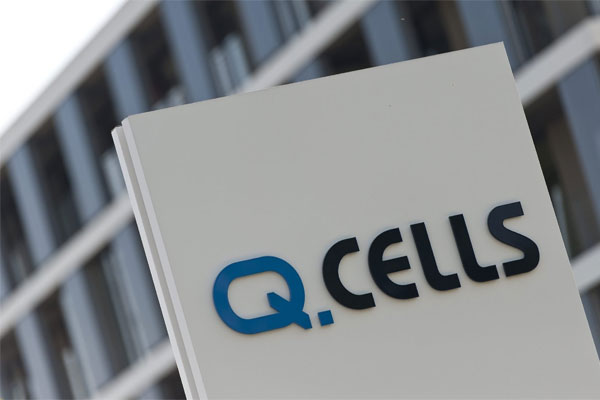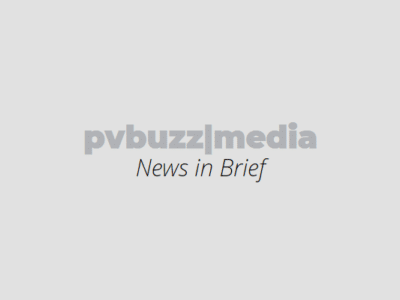Seoul-based Hanwha, which recently opened a factory in Georgia, has filed complaints against JinkoSolar Holding Co., Longi Solar, and REC Group with the U.S. International Trade Commission (ITC).
Hanwha Q Cells & Advanced Materials also filed related patent infringement complaints with the U.S. District Court for the District of Delaware against the same companies.
In Germany, Hanwha Q Cells GmbH announced the filing of patent infringement complaints with the Regional Court of Dusseldorf against Jinko Solar and REC Group.
The ITC complaint alleges that JinkoSolar, LONGi Solar, and REC Group are unlawfully importing and selling solar cells and modules that infringe Hanwha Q CELLS’s patented passivation technology.
The complaint alleges that JinkoSolar, LONGi Solar, and REC Group have unlawfully incorporated this patented passivation technology — which plays an important role in improving the efficiency and performance of solar cells — into their solar cells.
Hanwha Q CELLS began manufacturing Q.ANTUM solar cells using this passivation technology in 2012 and has produced more than 2.5 billion such cells globally.
Hanwha Q CELLS seeks an immediate investigation by the ITC, an exclusion order to halt the importation of infringing products, and a permanent cease and desist order to stop the respondents from importing, marketing, and selling those products in the U.S. Hanwha Q CELLS & Advanced Materials Corp. is also filing a claim in the District Court to seek damages and injunctive relief.
+++
New statement from Hanwha Q CELLS – March 8 – re: patent infringement complaints
An official on-the-record statement issued by Hanwha Q CELLS was emailed to pvbuzz.com on 8 March 2019.
It reads:
“The patent claims asserted by Hanwha Q CELLS are not restricted to any particular method of manufacture, such as atomic layer deposition (ALD) or plasma-enhanced chemical vapor deposition (PECVD). The infringement claims relating to the ‘215 patent are directed to solar cell structure with a first dielectric layer including aluminum oxide and a second dielectric layer that contains hydrogen. The patented technology can be applied in many ways. A solar cell employing what is known as Passivated Emitter Rear Cell (PERC) technology is only one type of solar cell that may use technology covered by the ‘215 patent.
While Hanwha Q CELLS believes it is important to clarify these factual issues, it does not intend to litigate this dispute in the media or to comment further on the substantive legal issues in the case. We look forward to proving our claims in court.”















Comments